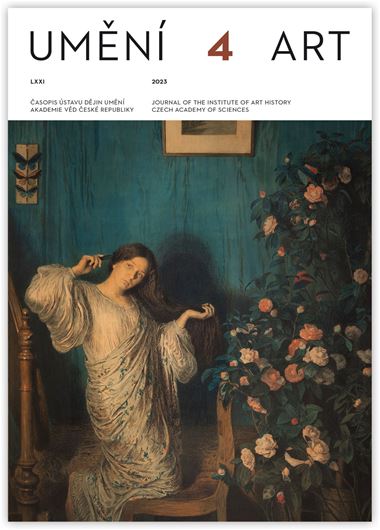Tomáš Hlobil
Bernard Bolzano on Colours, Shapes, and Non-Figurative Painting
In the analyses that have appeared so far of Bernard Bolzano’s posthumously published treatise On the Classification of the Fine Arts [Über die Eintheilung der schönen Künste], a salient opinion is that the Prague philosopher was an original writer who anticipated twentieth-century modernist non-figurative painting. A progressive updating of Bolzano’s reflections, relating them to twentieth-century non-figurative painting, significantly contributed to establishing the place of his long-forgotten aesthetic treatises in the history of European aesthetics. At the same time, however it tended to obscure the original contents of his writings. Working from these “updating” attempts, it is not possible to gain a sufficiently clear picture of what Bolzano really thought about colour and shape on the one hand, and about drawing, painting, and the painter’s art on the other. The study which follows presents these views of Bolzano on the basis of his two published aesthetic treatises, On the Classification of the Fine Arts and On the Concept of the Beautiful [Über den Begriff des Schönen, 1843], with the aim of showing that Bolzano never did elaborate a theory of non-figurative painting, and indeed that in his reflections on drawing, painting, and the painter’s art, he did not discuss at all monochrome, the autonomy of colours and shapes, or their connection with the sublime.
Author's email:
hlobil@udu.cas.cz
DOI: HTTPS://DOI.ORG/10.54759/ART-2023-0403
Full-text in the Digital Library of the Czech Academy of Sciences:
https://kramerius.lib.cas.cz/uuid/uuid:24b05139-ca94-401a-9856-9382b6b8cade
< back

